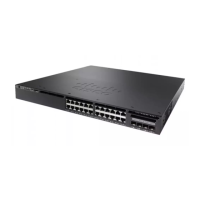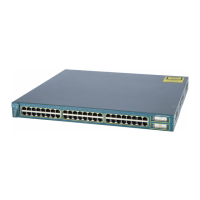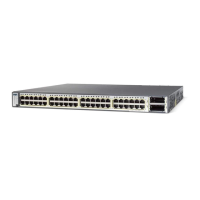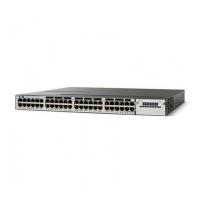PurposeCommand or Action
(Optional) Displays the contents of the IP multicast routing (mroute)
table.
show ip mroute [group-address | group-name]
[source-address | source-name] [interface-type
interface-number] [summary] [count] [active
kbps]
Step 21
Example:
Device# show ip mroute cbone-audio
Related Topics
The Role of Auto-RP in a PIM Network, on page 118
Example: Sparse Mode with Auto-RP , on page 158
Delaying the Use of PIM Shortest-Path Tree (CLI)
The change from shared to source tree happens when the first data packet arrives at the last-hop router. This
change occurs because the ip pim spt-threshold global configuration command controls that timing.
The shortest-path tree requires more memory than the shared tree but reduces delay. You might want to
postpone its use. Instead of allowing the leaf router to immediately move to the shortest-path tree, you can
specify that the traffic must first reach a threshold.
You can configure when a PIM leaf router should join the shortest-path tree for a specified group. If a source
sends at a rate greater than or equal to the specified kbps rate, the multilayer device triggers a PIM join message
toward the source to construct a source tree (shortest-path tree). If the traffic rate from the source drops below
the threshold value, the leaf router switches back to the shared tree and sends a prune message toward the
source.
You can specify to which groups the shortest-path tree threshold applies by using a group list (a standard
access list). If a value of 0 is specified or if the group list is not used, the threshold applies to all groups.
This procedure is optional.
SUMMARY STEPS
1.
enable
2.
configure terminal
3.
access-list access-list-number {deny | permit} source [source-wildcard]
4.
ip pim spt-threshold {kbps | infinity} [group-list access-list-number]
5.
end
6.
show running-config
7.
copy running-config startup-config
IP Multicast Routing Configuration Guide, Cisco IOS XE Release 3SE (Catalyst 3650 Switches)
OL-29890-01 151
Configuring PIM
Delaying the Use of PIM Shortest-Path Tree (CLI)

